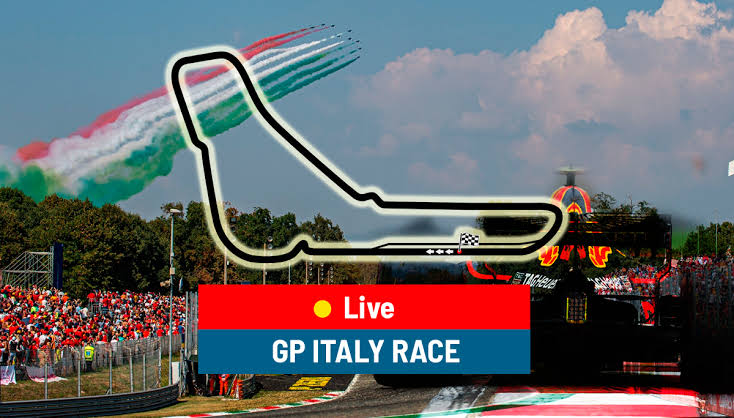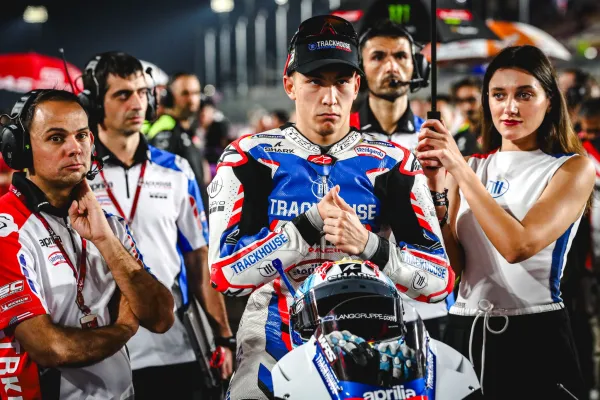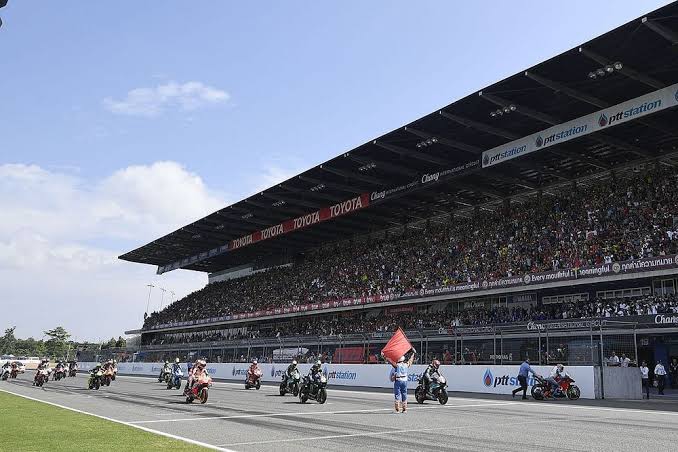Alonso Burned With The Aston Martin Seat In Qatar F1
The world of Formula 1 is no stranger to extreme conditions, both on and off the track. While the focus is often on the high-speed battles and technical innovations of the sport, there’s another aspect that drivers must contend with: the scorching heat inside their cockpits.
The recent Qatar Grand Prix brought this issue to the forefront as veteran driver Fernando Alonso found himself literally burned by his Aston Martin seat, shedding light on the relentless challenge of extreme cockpit heat.
Qatar Grand Prix: A Race Under a Sweltering Sky
As the sun set in Doha, the air temperature at the Qatar Grand Prix reached a staggering 32 degrees Celsius. While this temperature might not seem unbearable at first glance, the combination of factors in the race environment created a perfect storm of discomfort for the drivers.
Humidity levels were high, and the usual cooling breeze that had graced the earlier days of practice and qualifying was notably absent. This absence of cooling airflow played a pivotal role in the unfolding drama inside the cockpits.
The Snowball Effect of Extreme Heat
The heat inside a Formula 1 cockpit can be relentless, and it’s not just the ambient temperature that drivers have to contend with. The cars themselves generate a tremendous amount of heat, particularly from the power unit and various mechanical components.
This heat doesn’t just dissipate into the air; it becomes trapped inside the cockpit. As a result, cockpit temperatures can skyrocket, creating an environment akin to an oven. With less airflow to cool them down, drivers often find themselves battling against the relentless heat, which can have a significant impact on their performance and comfort.
The Role of Car Mechanics in Driver Discomfort
Fernando Alonso’s experience during the Qatar Grand Prix sheds light on the role car mechanics play in driver discomfort. He radioed his Aston Martin team to complain about his seat burning, a clear indication of just how hot it can get inside the cockpit.
The car’s power unit, transmission, and other mechanical components all contribute to the heat generated. This heat can seep into the driver’s seat, making for an uncomfortably hot experience during the race.
Desperate Measures to Stay Cool
In the scorching conditions of the Qatar Grand Prix, drivers resorted to desperate measures to stay cool. George Russell, driving for Mercedes, could be seen lifting his visor during pit stops, hoping to find even a slight breeze that could provide relief. Lando Norris, a fellow McLaren driver, also adopted a similar strategy.
However, finding cooling air on the race track proved to be a daunting challenge. Yuki Tsunoda of AlphaTauri learned this the hard way when he attempted to get airflow into his helmet and was met with a face full of sand. The desert setting of the Lusail International Circuit posed unique challenges for drivers seeking respite from the heat.
The Quandary of Hydration
Staying hydrated is crucial for drivers, especially in the grueling conditions of a Formula 1 race. However, even this vital aspect was affected by the extreme heat. While drinking fluids during the race helps maintain hydration, it offered no respite from the scorching cockpit temperatures. In fact, the fluids themselves heated up, eliminating any potential cooling effect.
This predicament can lead to drivers opting not to take on the vital liquid they need to stay focused and perform at their best. It’s a difficult decision to make when faced with the choice of hydration versus enduring the heat.
Alonso’s Plea for Relief
Fernando Alonso’s experience during the Qatar Grand Prix highlighted just how challenging extreme cockpit heat can be. He revealed that he asked his team if they could throw some water on him during a pit stop to cool down the area around his seat. Unfortunately, this request was met with disappointment, as he was informed that it wasn’t allowed.
Teams are not to add liquids to their cars during a race because it would increase their weight, potentially giving them an unfair advantage and possibly allowing them to circumvent the minimum weight limit.
The physical and mental toll
Extreme cockpit heat is not just a physical challenge; it takes a toll on a driver’s mental focus and stamina. Racing at the highest level requires razor-sharp concentration, and the discomfort caused by excessive heat can erode a driver’s mental resilience.
The Qatar Grand Prix served as a stark reminder of the physical and mental challenges faced by Formula 1 drivers. While they are undoubtedly among the best in the world, they are not immune to the harsh realities of racing in extreme conditions.
Conclusion: The Unseen Battle in the Cockpit
While Formula 1 races often captivate audiences with their high-speed action and tactical battles, there’s an unseen battle taking place inside the cockpits—the battle against extreme heat. The Qatar Grand Prix offered a glimpse into this relentless challenge as drivers like Fernando Alonso endured scorching cockpit temperatures, where the heat from car mechanics and the environment itself can become overwhelming.
As the 2023 Formula 1 season continues, drivers will undoubtedly face more races under the blazing sun, and their ability to cope with extreme cockpit heat will be a crucial factor in their success. It’s a reminder that, beneath the glamour and excitement of Formula 1, there’s a grueling and often overlooked battle that rages on inside those high-tech machines.






















